|

The first 48
hours of a lamb's life are
critical. Around 70%
of lamb mortality that
occurs between birth and
weaning occurs within this
period. Lamb survival is
related to lamb
birth-weight. Lamb
birth weight is strongly
related to the nutrition of
the ewe during pregnancy,
particularly late pregnancy.
The optimum
birth-weight for maximum
lamb survival is between 4.5
and 5.5 kg, but lambing
environment and whether they
are a single or twin affect
the
response.
Ewes in better
condition at lambing have
heavier
lambs
Ewes in better
condition at lambing produce
bigger lambs. A
Condition Score (CS)
decrease in ewes during
pregnancy can reduce lamb
birth-weight by 0.4 to 0.5
kg in both single and twin
lambs. Birth-weights are
most sensitive to changes in
ewe condition in
late-pregnancy.
LTEM 4.5 shows
that ewe nutrition in
late-pregnancy can influence
the birth-weight of lambs by
up to 0.5 kg per ewe CS for
both single and twin lambs.
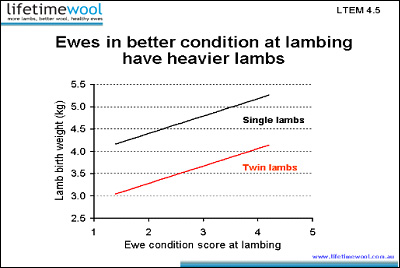
The impact of
lamb birth-weight on lamb
survival
Lamb survival
rate is mostly explained by
differences in lamb
birth-weight. The optimum
birth-weight for lamb
survival is between 4.5 and
5.5 kg, but the lambing
environment and whether they
are a single or twin affects
the response.
Survival
decreases sharply when lamb
birth-weight drops below 4.0
kg. A 0.5 kg decrease
in birth-weight from the
average has less effect on
the survival of single lambs
than the survival of twin
lambs (~10-15% lower).
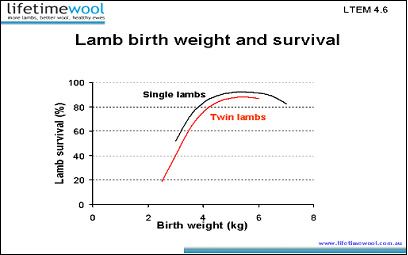
Lamb
survival is increased with
improved ewe nutrition
Lamb
birth-weight is determined
by ewe nutrition both in
early pregnancy (during
placental development) and
in the last 50 days of
pregnancy, which is a period
of rapid foetal
growth.
Ewe nutrition
during late-pregnancy and
lambing has a large effect
on lamb survival (LTEM4.7).
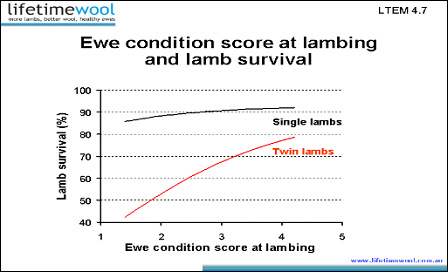
Single bearing
ewes should be in CS 2.8 to
3.0, and twin bearing ewes
should be in CS 3.0 to 3.3
by lambing to optimise lamb
survival, especially in an
environment susceptible to
poor lambing conditions.
Poor ewe
nutrition and low condition
at lambing also has
detrimental effects on
maternal behaviour and lamb
behaviour that contribute to
increased mortality.
Ideally the ewe and lamb
should remain at the birth
site for at least 6 hours.
This case study
of lamb survival shows that
about 15-20% more lambs
survive when born to ewes in
CS 3 compared to ewes in CS
2.3. Note that twin
survival almost doubled
(LTEM 4.8).
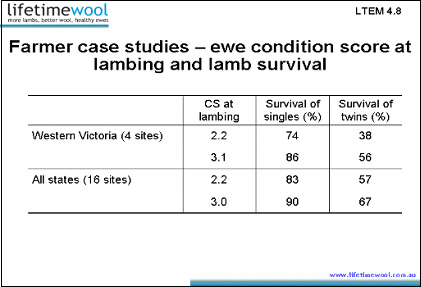
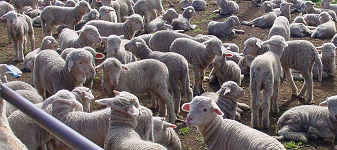
|